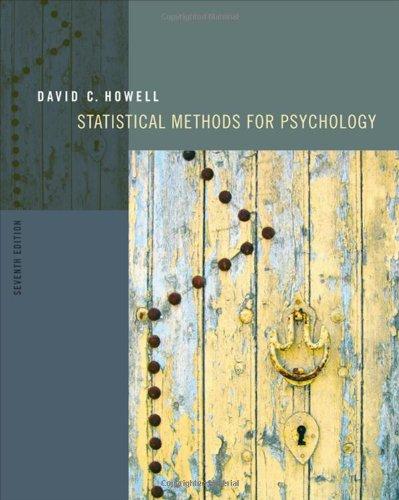Malcarne, Compas, Epping, and Howell (1995) examined 126 cancer patients soon after they were diagnosed with cancer
Question:
Malcarne, Compas, Epping, and Howell (1995) examined 126 cancer patients soon after they were diagnosed with cancer and at a four-month follow-up. At the initial interviews (Time 1)
they collected data on the patients‘ current levels of distress (Distress1), the degree to which they attributed the blame for the cancer to the type of person they are (BlamPer), and the degree to which they attributed the cancer to the kind of behaviors in which they had engaged, such as smoking or high fat diets (BlamBeh). At the four-month follow-up (Time 2) the authors again collected data on the levels of psychological distress that the patients reported (Distress2).
(They also collected data on a number of other variables, which do not concern us here.) The data are available on the Web site for this course and named Malcarne.dat.
a. What would you conclude if you attempt to predict Distress2 from Distress1 and BlamPer?
b. Why would I want to include Distress1 in the analysis for part a?
Step by Step Answer:







